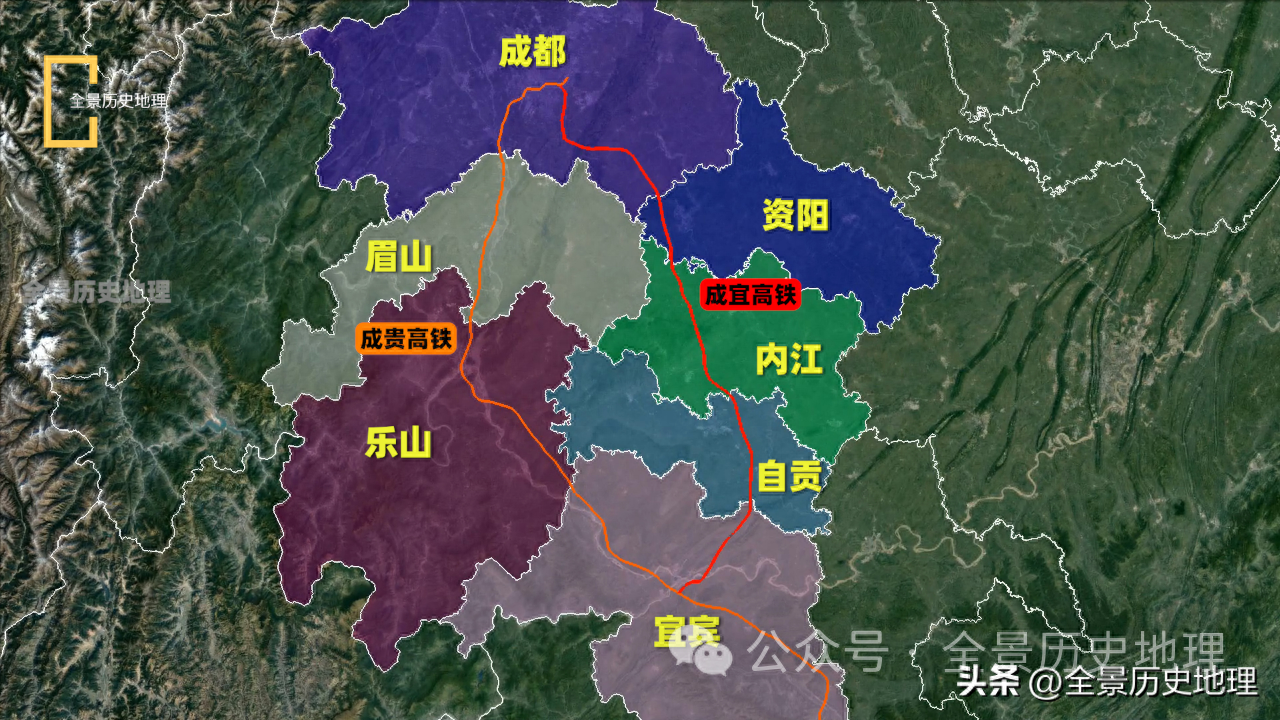Su Da Discovered the Role of Biomechanical Factors in Erectile Function, Providing a Perspective for the Treatment of Dysfunction
Chang Lei, professor and doctoral supervisor of Suzhou University, is committed to the cross research of Radiobiology and biomechanics. Its research direction focuses on the role of radiation and mechanical microenvironment in tumorigenesis, tissue regeneration and repair, the impact of Micro-g environment and ionizing radiation on embryonic development, and the role of Hippo signaling pathway in tumorigenesis
Chang Lei, professor and doctoral supervisor of Suzhou University, is committed to the cross research of Radiobiology and biomechanics. Its research direction focuses on the role of radiation and mechanical microenvironment in tumorigenesis, tissue regeneration and repair, the impact of Micro-g environment and ionizing radiation on embryonic development, and the role of Hippo signaling pathway in tumorigenesis.
He discovered the molecular mechanism of how the biomechanical transmission pathway regulates the YAP/TAZ signaling pathway through Chromatin remodeling complex. This discovery laid the foundation for his research, which has been published in core journals both domestically and internationallyNatureNatureCommunicationsCellDeath& ReleaseAfter publishing multiple papers, he shared his research findings with a wider academic community. Among them, one paper was included in the international F1000 database.
In addition, he also served asMilitaryMedicalResearchChinese Journal of Radiology and ProtectionNatureCommunicationsScience AdvancesCellDeath& ReleaseEtc.

Figure 1: Ji Mintao (left), a doctoral student at Suzhou University, is the first author of the paper, and Professor Chang Lei (right) is the corresponding author of the paper (source: the team)
Recently, Changlei team of Suzhou University innovatively linked the emerging research field of biomechanics with Erectile dysfunction, and combined different Erectile dysfunction (ED) models and genetically engineered mice to prove that the co transcription cofactor YAP/TAZ, the effector of biomechanical transmission pathway, plays a crucial role in erectile function.
The findings of this study provide new perspectives and ideas for studying the relevant mechanisms of ED, and also provide a research foundation for the clinical development of new ED treatment methods.
The reviewers gave high praise to the study and stated that they proposed a set of interesting and most rigorous findings. They believe that this study covers a comprehensive mechanism study of these molecules, as well as the main triggering factors and physiological responses related to erection mechanisms.
This research achievement has multiple potential specific applications. Firstly, this study provides a theoretical basis for the improvement of mechanical force related treatment methods such as vacuum negative pressure suction and shock wave therapy. Through in-depth exploration of biomechanical mechanisms, the effectiveness and safety of these treatment methods can be optimized, further enhancing clinical treatment effectiveness.
Secondly, this study found the key role of YAP/TAZ-ADM in the erection process, which provides a potential application for Symptomatic treatment of YAP/TAZ-Adrenomedullin (ADM). Chang Lei pointed out that the development of YAP/TAZ agonists is expected to provide effective treatment options for patients who are not sensitive to PDE5 inhibitors.
ADM ADM

NatureCommunications
Recently, the related paper was published in theNatureCommunications Go up [1].

Innovatively linking biomechanics with erectile function
In this study, the team linked biomechanics with erectile function and found that erection depends on the activity of mechanical force receptors YAP/TAZ. In various ED models such as prostate radiation therapy and castration models, the activity of YAP/TAZ has significantly decreased, and the absence of YAP/TAZ can also lead to ED, indicating that YAP/TAZ may indeed play an important role in ED.
Researchers have found through mechanical force related treatment methods that vacuum erectile device (VED) and SW can significantly restore erectile function in the ED model by promoting the activation of YAP/TAZ.
So far, through the analysis and integration of previous mechanism studies, they proposed a model for the occurrence of Erectile dysfunction, that is, in patients with normal erectile function, during sensory stimulation, Nitric oxide synthase from nerve and endothelium promotes the production of nitric oxide, further promoting the production of intracellular guanosine cyclase (cGMP).
YAP/TAZ YAP/TAZ YAP/TAZ ED

NatureCommunications
In this study, the main research direction of Changlei Laboratory is the influence of biomechanics on biological effects. At first, there was no suitable experimental model to study the biological effects of mechanical mechanics. Later, they focused on the erection process, thinking that it might become an ideal body model for studying biomechanical phenomena, and took it as the core topic of research.
Chang Lei said: "In the process of exploration, we found the research potential between erection and biomechanics, and regarded it as a potential entry point. At first, we focused on studying the mechanical changes in the Cavernous tissue ganglion, but unfortunately we did not observe obvious phenomena."
However, with the introduction of single cell Transcriptome sequencing technology, the team explored the changes of single cell Transcriptome in tissue under the two states of weakness (low mechanics) and erection (high mechanics), and determined the mechanical perception cell population of smooth muscle as a medium through histological analysis.

Obtaining more accurate data than before by paying attention to small details
In this study, the research team used a technique that had not been exposed to before to measure mechanical changes in tissues. This technology requires precise data and repeated experimental verification.
At first, they encountered many difficulties and were unable to achieve satisfactory results. Most members of the research group began to express doubts about the prospects of this research and believed that it may have entered a "dead end". However, Ji Mintao was unwilling to give up easily. He is passionate about this project and spends a lot of time researching literature and communicating with experts in other fields to find clues to solve the problem.

NatureCommunications
In an experiment one night, Ji Mintao discovered a seemingly small but very important detail. He noticed a potential error in the setup of the experimental equipment, which resulted in errors in the previous data of the research group. So he decided to redesign the experiment and made a series of careful corrections. In the end, more accurate data was obtained than before.
This case also tells us that difficulties and setbacks in scientific research are inevitable, but as long as we maintain passion and perseverance, we can overcome difficulties and achieve success. Ji Mintao is a role model for our team and reminds us to remain open and flexible in research, and to be brave in exploring new directions and possibilities, "said Chang Lei.
References:
1. Ji, M., Chen, D., Shu, Y. etal. Theroleof mechano regulated YAP/TAZinerectiledysfunctionNatureCommunications143758 (2023) https://doi.org/10.1038/s41467-023-39009-z
Disclaimer: The content of this article is sourced from the internet. The copyright of the text, images, and other materials belongs to the original author. The platform reprints the materials for the purpose of conveying more information. The content of the article is for reference and learning only, and should not be used for commercial purposes. If it infringes on your legitimate rights and interests, please contact us promptly and we will handle it as soon as possible! We respect copyright and are committed to protecting it. Thank you for sharing.(Email:[email protected])



















